Featured artists in the above montage, L to R: Douglas Holtquist and Li Ming Shun
Tonight, Leslie-Lohman Gay Arts Foundation opened a new gallery space in Soho, New York, an occurrence that might seem un-extraordinary. But Charles Leslie and Fritz Lohman aren't ordinary. They're pioneers of gay art history and still thriving when others failed. Leslie and Lohman opened the first major gallery during the 1970s exclusively devoted to explicitly gay art after having begun shows at their Prince Street loft the year of the Stonewall riots. An entry at GLBTQ, an encyclopedia of gay, lesbian, bisexual, transgender, and queer culture, quotes Charles Leslie:
"We regard our work as part of the gay liberation movement."
Indeed, they do. Charles W. Leslie and J. Frederick Lohman, ASID, paved the way, liberating gay artists from obscurity when other galleries wouldn't dare show homoerotic or politically-incorrect queer art for fear of offending a right-leaning mainstream or a homophobic backlash. It takes grit and courage especially when you're members of a minority scorned inappropriately with religiously-charged invectives (sodomites!), marginalized, and denied the rights that most Americans take for granted. And Leslie and Lohman did it when the gay liberation movement was initially taking root and long before ground-breaking icons, Rosie, Ellen, and Missy Etheridge, crashed the pink ceiling coming out of the closet publicly. Rosie and Missy were barely teenagers when Charles and Fritz opened their doors at the Leslie/Lohman Gallery on the corner of Broome and Wooster in 1975. Douglas Blair Turnbaugh at GLBTQ wrote of their early history:
Although the Leslie-Lohman gallery did not make money, it was a succès d'estime and inspired others. By 1980 there were six gay art galleries in New York City, creating a new and vibrant social and cultural circuit for an avid gay public. Then the AIDS crisis struck, and in the terror many gay businesses that had celebrated gay sex, particularly baths, bars, and movie houses, closed or were shut down. Among these casualties were art galleries.
By the late 1980s, Leslie and Lohman had reconsidered, with a raised consciousness, the issues of gay art and gay liberation. They decided to address these issues by setting up a foundation, in order to have the same tax-exempt status enjoyed by religious, educational, philanthropic, and other not-for-profit organizations.
In 1990, after relentless work by their lawyers--and homophobic responses challenging the organization's goals and purposes--the Leslie-Lohman Gay Art Foundation came into being. Its name is the first time the word "gay" appeared in the federal government's registry of not-for-profit organizations.
[...]
Since its founding, the foundation has shown the work of 550 artists in more than 200 exhibitions; and its permanent collection has grown to approximately 1,000 pieces, including paintings, sculpture, drawings, and photography.
Examine the list of gay artists whose work has been exhibited at the Leslie-Lohman gallery, click through their exhibition history, and you will find prominent names--Paul Cadmus, Keith Haring, Delmas Howe, Robert Mapplethorpe, Tom of Finland, Wilhilm Von Gloeden, Bruce Weber--to recognize a few. There are so many. Unlike traditional galleries, LLGAF doesn't sell art, acting more as a conduit for artists and collectors (although art is sold during scheduled exhibitions), which helps working artists to survive rather than struggle with the typical 50% to 60% commission that most galleries retain. Such an arrangement keeps artists healthy and art-ing to illustrate that Charles and Fritz put compassionate heart into their visionary efforts.
LLGAF also publishes The Archive, its official newsletter, and its website displays, Milestones: "A Timeline of Gay and Lesbian Artists and History," a comprehensive reference for uninitiated queer culture newbies.
As LLGAF debuted in their new expansive space designed by architect Anthony Pellino in one of New York's oldest cast-iron buildings, the opening gala kicked off, "The Culture of Queer,"  a tribute to J.B Harter with nine Louisiana artists, and works from Leslie-Lohman's permanent collection. Curated by David S. Rubin from the Contemporary Arts Center in NOLA, the artwork, LLGAF's first traveling exhibition that premiered at CAC, scarcely survived Katrina when the hurricane roared ashore. If you're in NYC, catch the show through Jul. 1 to bolster artists recovering from Katrina and visit a leading gallery and champion of gay art. More LLGAF exhibition schedules and event information are here.
a tribute to J.B Harter with nine Louisiana artists, and works from Leslie-Lohman's permanent collection. Curated by David S. Rubin from the Contemporary Arts Center in NOLA, the artwork, LLGAF's first traveling exhibition that premiered at CAC, scarcely survived Katrina when the hurricane roared ashore. If you're in NYC, catch the show through Jul. 1 to bolster artists recovering from Katrina and visit a leading gallery and champion of gay art. More LLGAF exhibition schedules and event information are here.
To make a full disclosure since some bloggers have covert agendas and hidden sponsors, I've exhibited at LLGAF twice, showing Judas Kiss in "Vulvavision," 1995, LLGAF's second lesbian group show, and Madonna, Lover & Son in the "Religious Content in Contemporary Lesbian and Gay Art" show in 1998. Naturally, I support LLGAF's mission being a working gay artist and vice versa. If not for the bravery of LLGAF and the Faces of Jesus Gallery (in a Baptist church... wow!), controversial art such as mine and other gay artists might remain only available on the Internet and in publications--venues that can't possibly convey the dynamic impact of viewing the actual artwork.
Props to Charles, Fritz, Wayne Snellen, the director of LLGAF, and the foundation's dauntless staff.
Besides making a tax-deductible contribution to LLGAF, I can't think of a worthier gay culture cause than buying gay art especially during these regressive political times for the sake of GLBT heritage, in support of artists, and perhaps donating art to the LLGAF permanent collection. Consult your tax advisor, but IIRC, donated art to a legit non-profit organization still offers a tax deduction. The tax code discriminates against artist donations but patron donors can deduct the fair market value. And living artists (*cough*) would appreciate the patronage.

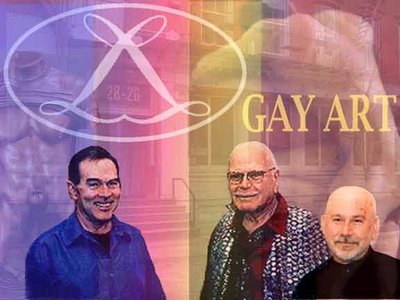







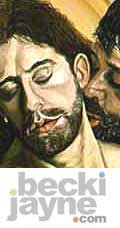
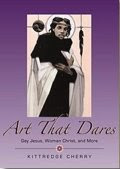
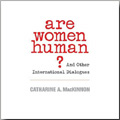
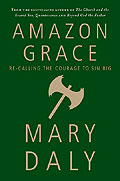
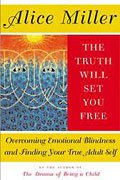


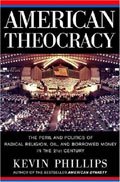





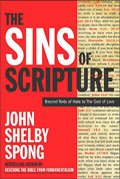

|